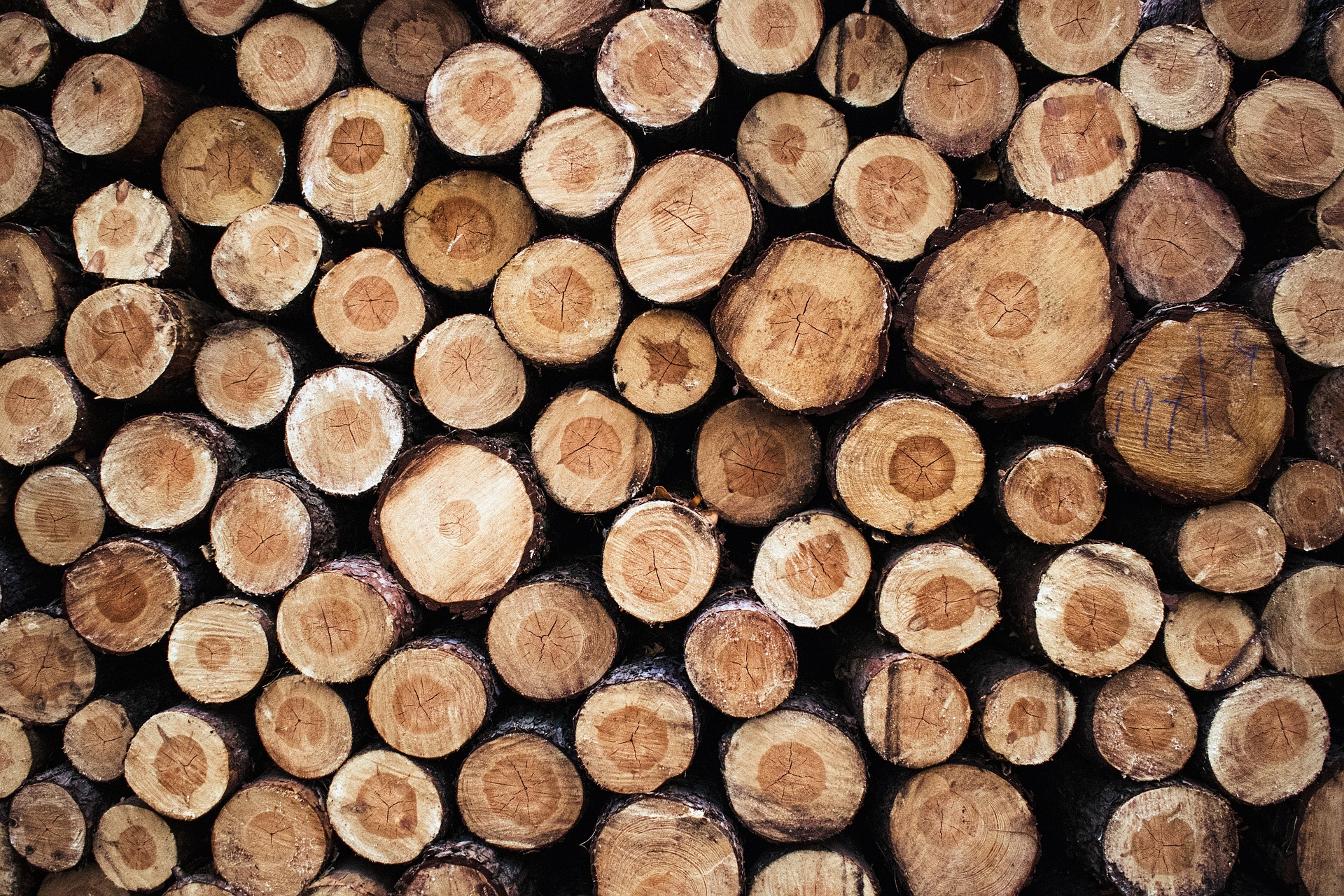Wood for the house
Contents |
[edit] Introduction
Wood is one of the most popular building materials and has been used in construction for tens of thousands of years. Being a renewable, recyclable and sustainable resource, it has many advantages compared to other materials. It is readily available, strong, can be fabricated into all shapes and sizes and is a good insulator.
[edit] Classification of wood
[edit] Hardwood
Comes from a deciduous tree which sheds its leaves annually. It is slower growing, and thus, more dense and expensive. For example, ash, beech, oak, mahogany, teak, balsa, maple, elm, walnut, etc.
[edit] Softwood
Comes from a conifer which is usually evergreen. It grows fast and straight, and therefore, is less expensive than hardwoods. For example, pine, western red cedar, douglas fir, aspen, spruce, etc.
[edit] Types of wood
[edit] Oak
Oak is one of the strongest and the hardest woods available. Its tough characteristic makes it ideal for the structure of buildings and it is a favourite for builders. This wood is high quality, resistant to moisture, and has a unique appearance that adds character to a home.
Oak also has a natural chemical that resists damage from insects and pests and thus, it does not require decay-preventative chemical surface treatment recommended for a long wood life. However, oak is only available in certain geographical regions and therefore, can be more expensive as compared to other kinds of woods.
[edit] Western red cedar
A house made of western red cedar is solid, durable, and has one of the lowest shrinkage ratios amongst the softwoods. This wood is rot resistant and naturally resilient to damage from insects, moisture and extreme weather conditions making it a good choice for the framework of a house that is exposed to sun, rain, heat and cold through the year. It is sustainable and has a unique quality of removing greenhouse gases.
Western red cedar, with its dark colour, is an attractive and striking-looking wood which makes it one of the world's most-requested types of timber for building homes. Its feature of being renewable and biodegradable adds to the many qualities of this particular softwood.
[edit] Spruce
Though considered as a light and softer wood, spruce has a high resistance to cracking which makes suitable for construction. Spruce has high durability and a low decay resistance that makes it suitable for light construction and framing work. It has an ability to maintain its even white colour for a long time, which makes it look elegant for years.
[edit] Douglas fir
This high-grade wood is one of the favourite materials of builders of residential and small commercial buildings because of its structural strength. Douglas fir has tight knots and its light yellow to a reddish brown colour has the quality to adapt to all kinds of weather conditions. This popular species of wood is resistant to decay and is a good choice for building in areas that have high winds or earthquakes. With its strength, endurance, and allure, Douglas fir is used for flooring, furniture, construction of bridges, cabinetry, and furniture.
[edit] Teak
Being strong and durable, teak is considered the 'king of hardwoods'. Teak has a natural resiliency to humid weather, is resistant to water and decay, and thus, is recognised as a good option for window frames, outdoor furniture, and seating decks.
Teak has a light brown to a golden brown colour, that darkens under the influence of sunlight, making it an ideal choice for cabinets and furniture.
[edit] Find out more
[edit] Related articles on Designing Buildings Wiki
- 11 things you didn't know about wood.
- A guide to the use of urban timber FB 50.
- Ancient Woodland.
- Birch wood.
- Carpentry.
- Chip carving.
- Confederation of Timber Industries.
- Forests.
- Glulam.
- Hardwood.
- Laminated veneer lumber LVL.
- Lime wood.
- Physical Properties of Wood.
- Plywood.
- Softwood.
- Sustainable timber.
- The differences between hardwood and softwood.
- Timber frame.
- Timber vs wood.
- Types of timber.
- The use of timber in construction.
Featured articles and news
One of the most impressive Victorian architects. Book review.
RTPI leader to become new CIOB Chief Executive Officer
Dr Victoria Hills MRTPI, FICE to take over after Caroline Gumble’s departure.
Social and affordable housing, a long term plan for delivery
The “Delivering a Decade of Renewal for Social and Affordable Housing” strategy sets out future path.
A change to adoptive architecture
Effects of global weather warming on architectural detailing, material choice and human interaction.
The proposed publicly owned and backed subsidiary of Homes England, to facilitate new homes.
How big is the problem and what can we do to mitigate the effects?
Overheating guidance and tools for building designers
A number of cool guides to help with the heat.
The UK's Modern Industrial Strategy: A 10 year plan
Previous consultation criticism, current key elements and general support with some persisting reservations.
Building Safety Regulator reforms
New roles, new staff and a new fast track service pave the way for a single construction regulator.
Architectural Technologist CPDs and Communications
CIAT CPD… and how you can do it!
Cooling centres and cool spaces
Managing extreme heat in cities by directing the public to places for heat stress relief and water sources.
Winter gardens: A brief history and warm variations
Extending the season with glass in different forms and terms.
Restoring Great Yarmouth's Winter Gardens
Transforming one of the least sustainable constructions imaginable.
Construction Skills Mission Board launch sector drive
Newly formed government and industry collaboration set strategy for recruiting an additional 100,000 construction workers a year.
New Architects Code comes into effect in September 2025
ARB Architects Code of Conduct and Practice available with ongoing consultation regarding guidance.
Welsh Skills Body (Medr) launches ambitious plan
The new skills body brings together funding and regulation of tertiary education and research for the devolved nation.
Paul Gandy FCIOB announced as next CIOB President
Former Tilbury Douglas CEO takes helm.























